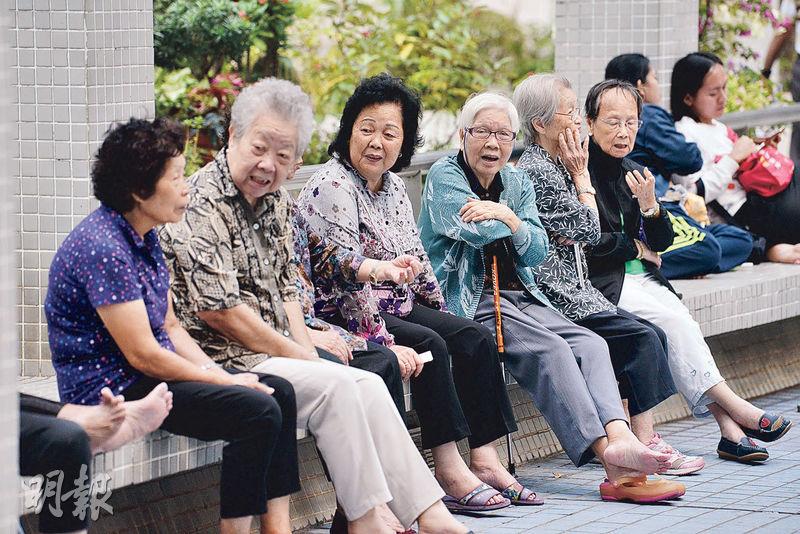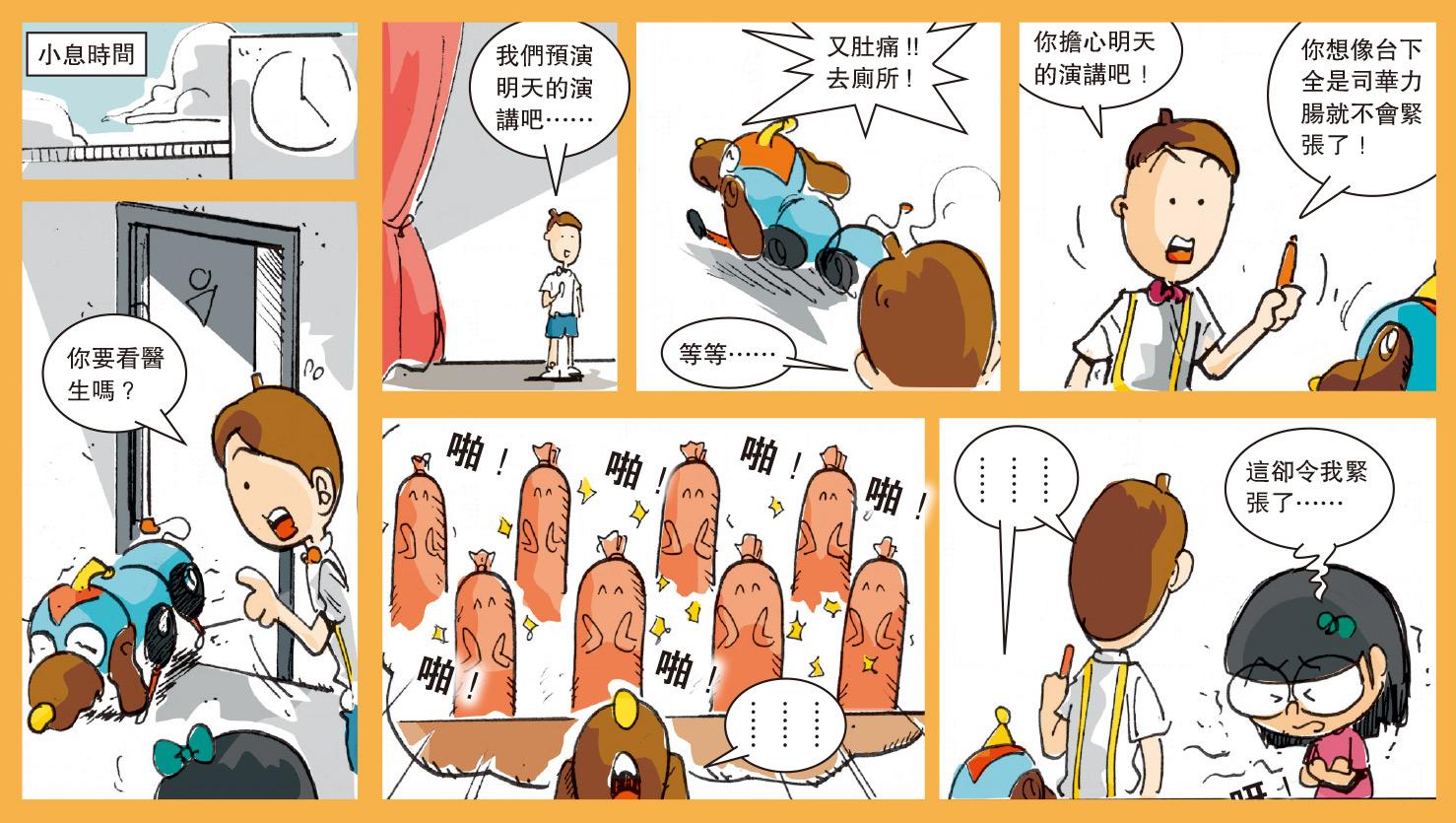英譯概念:Retirement protection
【明報專訊】In the 2021 Policy Address, it was proposed the government would further explore ways to better encourage citizens to convert the one-off assets under their MPFs into an annuity that can be received regularly after retirement. Law Chi-kwong, the then Secretary for Labour and Welfare, pointed out in October 2021 that it was time to review the public annuity plan, and the possible avenues would include encouraging citizens to convert part of their MPF into an annuity. The practice for current civil servants, who can receive up to 25% or 50% of the pension, would be looked at, while the remainder could be converted into an annuity. Law emphasised that it was not feasible to make the conversion into MPF mandatory.
Law said that some retirees had seen their assets exceed the permissible limit for the Old Age Living Allowance after withdrawing their MPF, hence the suggestion of converting part of the MPF into an annuity. He said that the public annuity guaranteed an annual return of nearly 5%, which could not be found in the market. He believed that from a personal point of view, it would be difficult to budget for expenses after retirement if there was no monthly income, saying that most people would live a frugal life after withdrawing the MPF, which would have a huge impact on the quality of life. A stable income for retirees would ensure that their model of consumption would stay unaffected.
Billy Mak, an associate professor of the Department of Accountancy, Economics and Finance at HKBU, believed that retirees who were able to manage their own finances might plan to use their MPF for starting a business, travel, investment, etc., so that they would have more money to spend in the future. Forcing them to convert MPF into an annuity would only make their usage of funds inflexible, and it would be even more unfair to those who had accumulated more contributions in the MPF. The Democratic Party labour and welfare policy spokesman Sin Cheuk-nam, said that many people hoped to withdraw the MPF in one lump sum as an emergency fund, especially for medical expenses. He said that the current average balance of the MPF was about $260,000. If a 65-year-old man converted all his MPF into an annuity, he would be expected to receive only about $1,500 per month.
Mock examination question
"The government should make the conversion of part of the MPF into a public annuity mandatory". According to the source, list one reason for and one reason against this argument.
(4 marks)
Reason for the argument
According to the source, the then Secretary of Labour and Welfare Law Chi-kwong pointed out that the public annuity had an annual return of nearly 5%, which was rare in the market. He said that from a personal point of view, it would be difficult to budget for expenses after retirement without a monthly income, and that would affect quality of life. If retirees have a stable income, this can reduce their financial pressure. The mandatory conversion of part of the MPF into an annuity can let citizens enjoy a certain degree of passive income after retirement.
Reason against the argument
According to the source, an associate professor of the Department of Accountancy, Economics and Finance of HKBU pointed out that some retirees were able to manage their own finances, forcing them to convert their MPF into an annuity would reduce the flexibility of the way they can use their funds. The Democratic Party also pointed out that many people hoped to receive a one-time MPF as emergency funds, such as medical expenses. Regardless of the income levels of citizens, the mandatory conversion of part of the MPF into a public annuity will reduce the flexibility of using MPF after retirement.
(本刊刊出的文章若提出批評,旨在指出相關制度、政策或措施存在錯誤或缺點,目的是促使矯正或消除這些錯誤或缺點,循合法途徑予以改善,絕無意圖煽動他人對政府或其他社群產生憎恨、不滿或敵意。)
[智學公民 第058期]










